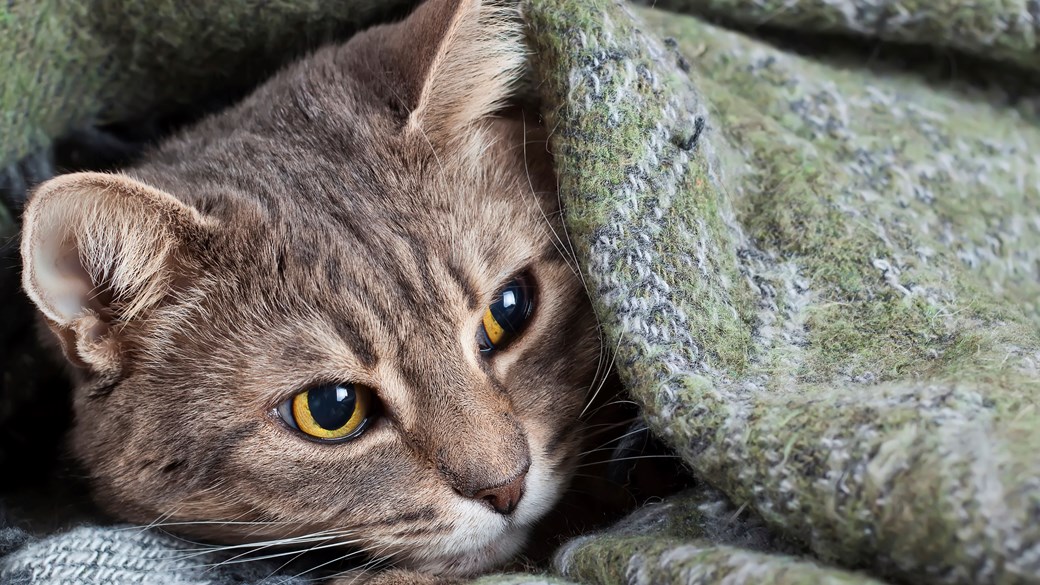
Tuberculosis In Cats
Tuberculosis is a bacterial disease that affects humans as well as a wide range of animals and is one type of disease that can be caused by mycobacteria.
Within the TB complex group there are a number of species of mycobacteria, each with a varied degree of preference for different animal hosts. Common to many is the formation of tubercles, which are small, rounded and inflamed nodules.
Mycobacterium tuberculosis prefers humans as the primary host, although it can also infect a number of animal species including cats, dogs, badgers and cattle. Interestingly, cats show a high resistance to this species of Mycobacterium.
What treatments are available?
Treatment of TB in cats is difficult for many reasons and must be discussed in depth with your vet. There are no drugs licensed in the UK for direct treatment of animals with TB. Antibiotics have shown some degree of success, but treatment is long term and often requires several drugs in combination.
A large percentage of cats won’t recover from the disease, even with treatment. There is also the possibility for antibiotic resistance to develop, which must be considered carefully as TB is a serious human infection.
Finally, there is a possibility for those in close contact with the cat to become infected. Depending on the circumstances, treatment may not be recommended.
If you have any concerns or would like some advice, please get in touch with your local Companion Care.
Read more about TB in cats
Although cats can acquire tuberculosis infections, it is relatively rare today.
A study by the Royal (Dick) School of Veterinary Studies and the Roslin Institute found that approximately 1% of the feline tissue samples that were submitted for routine analysis had indications of mycobacterial infection. Of the samples that went on to be cultured, only 15% were found to contain M. bovis. Historically the transmission of M. bovis from a cat to a human has been very rare, with only one isolated group of two people with confirmed transmission.
Tuberculosis infections in cats first appear, most commonly, as skin wounds that fail to heal with associated swollen lymph nodes. The skin sores or bite wounds are found on varied locations of the body, but generally appear on the legs and head. Hunting prey and territorial fighting are the two most frequent routes of infection.
Less commonly, cats may become infected by drinking unpasteurized milk, in which case the disease will present first in the stomach or intestines. Also less common, a cat may acquire the infection through inhalation of the mycobacteria on the respiratory discharge of an infected animal. Disease acquired through this route will present first in the airways or lungs.
Regardless of the location of the primary infection, the disease can progress to a systemic infection where the clinical signs will appear as weight loss, coughing, or trouble breathing.
It should be noted that these clinical signs are not exclusive to TB and a vet should be consulted immediately to diagnose the disease. If a vet suspects the condition then they will submit samples to the AHVLA for investigation. If M. bovis is identified in any animal in the UK then it is mandatory that the AHVLA is informed.
Prior to 2012, there had been no fully documented cases of TB transmission from cats to humans.
In late 2012 an unusually high concentration of cats in the Newbury area were diagnosed with TB infection caused by M. bovis. Shortly after, two related cases of human TB infection were diagnosed that matched the specific strain of M. bovis found in the infected cats, some of which had wounds which were draining infected pus. These represented the first documented cases of TB transmission from cat to human in the world. There have not been any additional transmissions reported since these isolated cases. However, as TB infections represent a serious disease in humans, care must still be taken.
In 2012 there were 8,130 cases of human TB in England, of which only 26 (or less than 0.5%) were identified as M. bovis. Public Health England has released the following statement regarding feline tuberculosis: “These are the first documented cases of cat-to-human transmission, and so although PHE has assessed the risk of people catching this infection from infected cats as being very low, we are recommending that household and close contacts of cats with confirmed M. bovis infection should be assessed and receive public health advice.” It is thought that most cases of feline TB occur through contact with wild animals such as rodents or badgers that are harbouring the infection.
